A very large dog with a very appealing look, the Caucasian shepherd is a big cuddly bear that is hard to resist. But these dogs require extensive grooming and plenty of exercise. They are expensive to care for and can be very strong-willed. They like the sound of their own voices and while they love people, they may be aggressive towards other dogs.
Which breed group is the Caucasian shepherd dog in?
Breed group: None – not yet recognised by the Kennel Club
Caucasian shepherd dog breed history
The precise origins of the Caucasian shepherd dog are unknown. This huge pooch is the descendant of ancient breeds and may have evolved in Mesopotamia. However, some researchers believe the dogs were initially bred in Tibet. Wherever they originated from, they found their way to the Caucasus. This is an area situated between the Black Sea and the Caspian Sea and is mainly occupied by Armenia, Azerbaijan, Georgia and Russia.
Caucasian shepherd dogs assisted herdsmen to guard their flocks in mountainous regions. They varied in both size and look across the region but the breed has now been standardized. These dogs became highly prized by the Soviets who established state kennels to produce guard dogs for government buildings and factories. Caucasian shepherds also served in the Soviet army.
This breed is not well known in the UK but its profile is rising thanks to social media. It is not yet recognised by the Kennel Club.
Caucasian shepherd dog breed characteristics
Caucasian shepherds are huge dogs with enormous paws. They are muscular and powerful with large heads and tapered muzzles. Their eyes are oval and set obliquely while their ears are triangular, set high and hang neatly by the dogs’ cheeks. These dogs are also characterised by short necks, deep chests and level backs. Tails are set high and carried down when the dogs are relaxed or level with their back when the dogs are excited.
Developed to cope with challenging weather conditions, Caucasians have double coats featuring long, coarse outer coats and much thicker, dense yet softer undercoats. These dogs look like shaggy bears and their coats can be a variety of colours including white, cream, brindle, agouti grey, black and fawn. Caucasians often have darker masks which contribute to their visual appeal.
Intelligent and strong-willed, Caucasians are alert dogs which are calm and gentle. They possess a strong instinct to guard and can be wary of both strangers and other dogs. Early socialising is essential to avoid these dogs becoming bad mannered and overly dominant.
- Lifespan: 10-12 years
- Height: up to 90cm
- Weight: up to 100kg
- Powerful
- Muscular
- Huge paws
- Large heads
- Tapered muzzles
- Oval eyes
- Triangular ears
- Bear-like appearance
- Double coats
- Variety of colours
- Intelligent
- Wilful
- Wary of strangers
- Gentle
Health issues with the Caucasian shepherd dog
The Caucasian shepherd is a robust dog, built to withstand extreme conditions. However, this breed is prone to the following issues:
- Hip dysplasia
- Elbow dysplasia
- Cataracts
- Luxating patella
- Bloat/gastric torsion
- Obesity
What is the Caucasian shepherd dog bred for?
Caucasians were bred to guard flocks for herders in mountainous areas of the Caucasus.
What sort of owners does the Caucasian shepherd dog suit?
Loving and loyal, Caucasians are incredibly appealing with their bear-like look. But these dogs are really huge and need space to move around. They are good with kids and can get on well with any pets that they have grown up with. They can be left home alone as long as it isn’t for too long and they are relatively easy to train. However, they shed profusely, tend to bark and must be groomed every day. As such, they are demanding pooches which are expensive to feed which can be strong willed and which require a lot of exercise. They may be aggressive towards dogs they do not know and so must be well socialised as puppies.
Caucasian shepherd dogs are best suited to active owners with large homes and gardens together with plenty of spare time. These dogs do not thrive in the urban environment and their tendency to bark could be problematic for owners with near neighbours.

